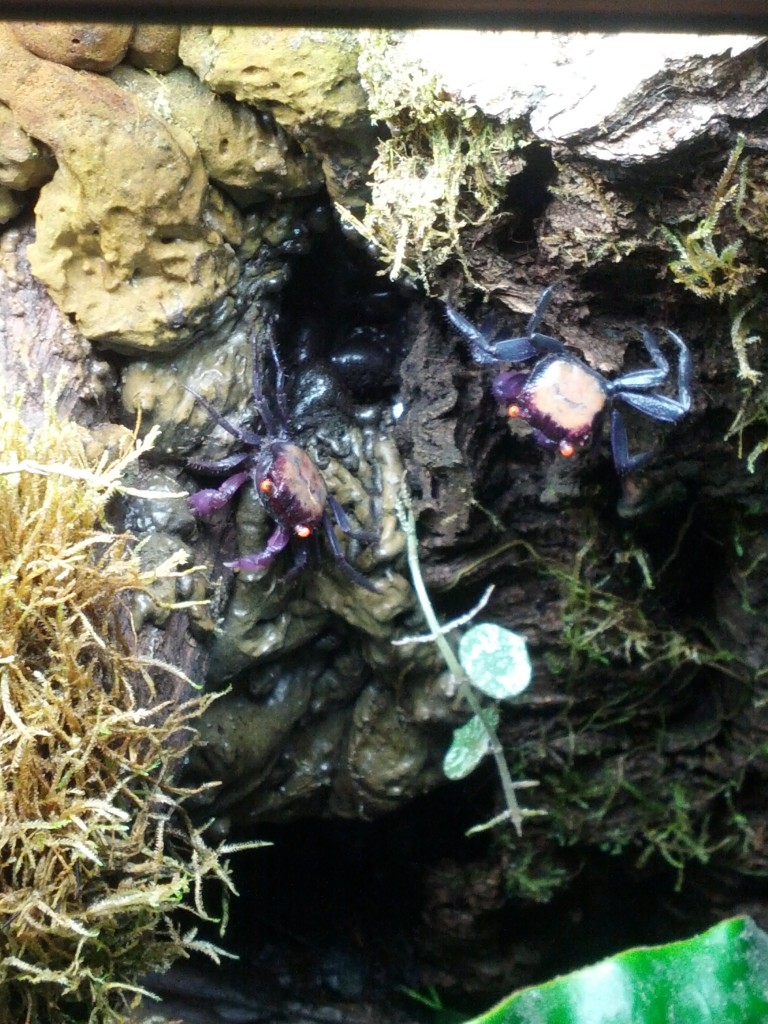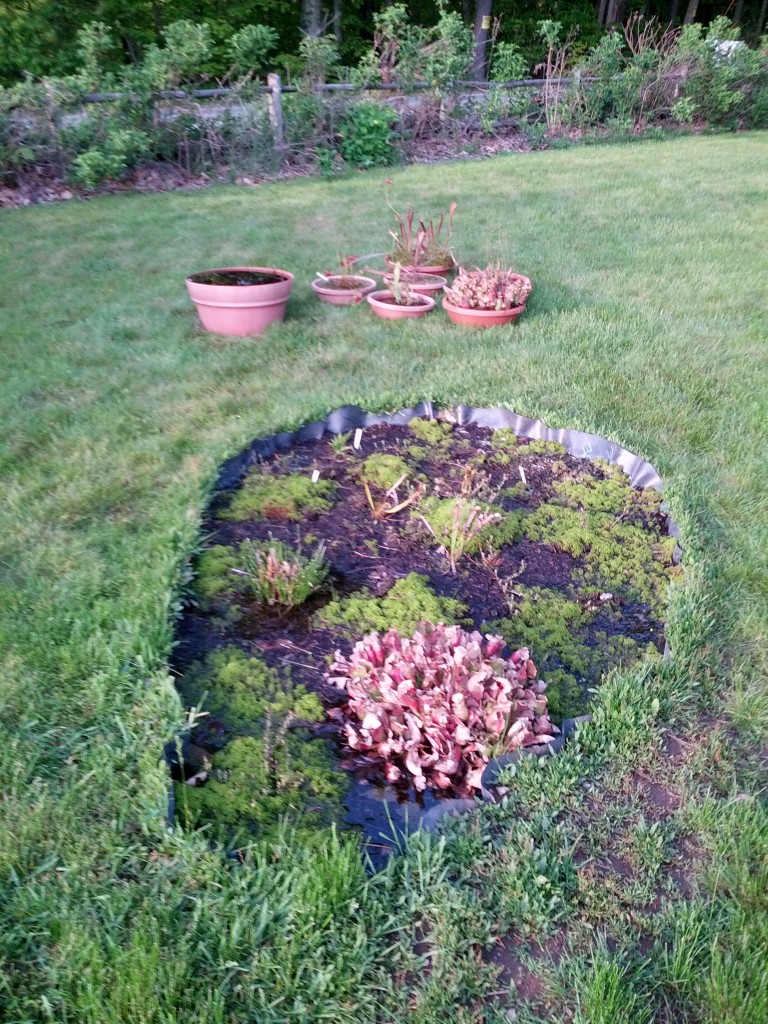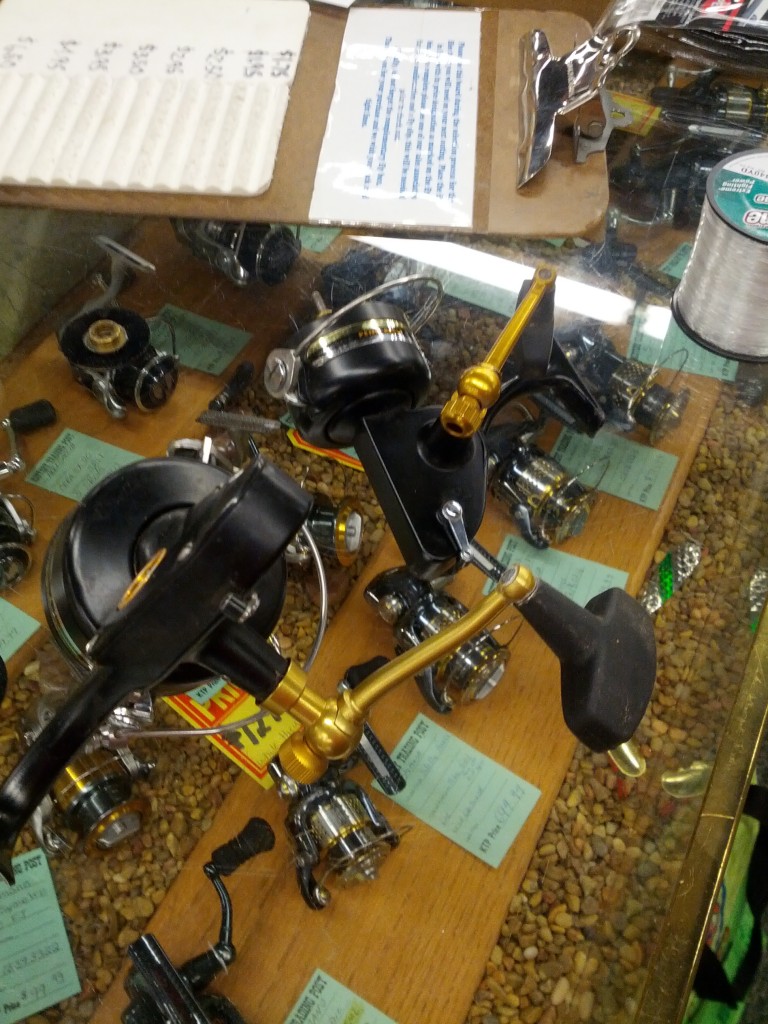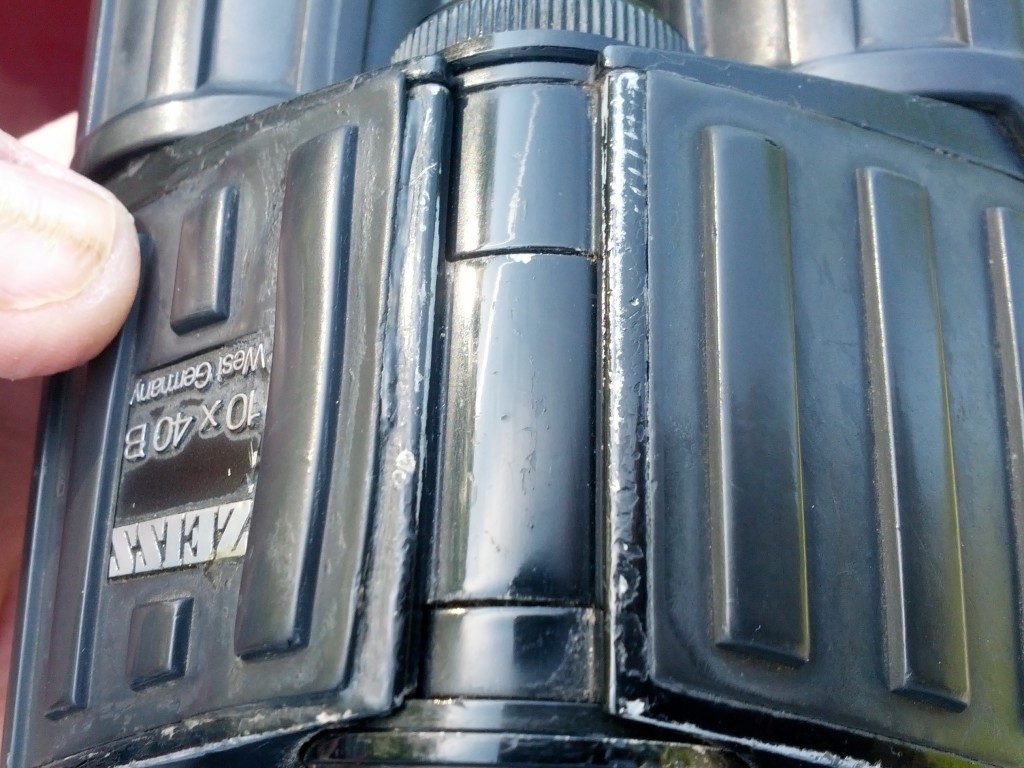I love twitter. See also Steve’s post.
Inbound from Tomboy Style
Welcome – make yourselves comfortable. The results of a blog search on ‘motorcycle’ are here, there’s some cosmonaut/astronaut (female) art here and a post on Hedwig Kiesler (aka Hedy Lamarr) here. Finally, four recent shots off the phone that will serve as an overview of me & mine.

Worldbuilding.

Messing around with unusual plants.

Hunting/gathering.
Nom.
Two other good place to browse are the ‘Greatest Hits’ and the ‘alt.tentacles’ buckets in the blogroll. Hope you find something interesting/enjoyable!
Beausage – the picture
Beausage. A nice word printed, less felicitous spoken, but the phenomenon it speaks of is the best – the marks of wear that come to good materials through use. Worn bluing where a shotgun is handled. Work boots well treated with bar oil and oak sawdust. And this:
Silent history. Wear your scars and dings proudly, people.
Dogs, the diappearance of Neanderthals, and visible sclerae
Via @adam_orbit, an interesting piece on modern human/dog coevolution. LOTS of caveats, but at least one testable hypothesis regarding the white sclera mutation.
Domesticating dogs clearly improves humans’ hunting success and efficiency—whether the game (or the dog) is large or small. The same must have been true in the Paleolithic. If Neandertals did not have domestic dogs and anatomically modern humans did, these hunting companions could have made all the difference in the modern human–Neandertal competition.
I can’t help wondering whether the process of domesticating dogs was connected to changes in human anatomy and communication abilities. Domestication is a two-way street, as we know from examples such as the genetic changes that make adult humans able to digest milk. Those mutations arose several times in different human populations after the domestication of cattle. I have no evidence that the change I am about to discuss did or did not occur between 45,000 and 35,000 years ago. But it might have.*
A dog will follow the gaze of a videotaped human if the human first attracts the dog’s attention by speaking to it and looking at it, according to results published by Ernõ Téglás, of the Central European University in Budapest, Hungary, and his colleagues. Indeed, dogs perform as well as human infants at following the gaze of a speaker in tests in which the speaker’s head is held still.
Ádám Miklósi of Eötvös Loránd University in Budapest, Hungary, and his team tested dogs and wolves, and found that dogs were far more attentive to human faces than were wolves, even socialized wolves. Although wolves excel at some gaze-following tasks, perhaps suggesting a preadaptation for communicating with humans, dogs tend to look at human faces for cues and wolves do not. Miklósi’s team believes this major behavioral difference is the result of selective breeding during domestication.
Another way of looking at this phenomenon is that the white sclerae became universal among humans because it enabled them to communicate better not only with each other but also with dogs. Once dogs could read a human gaze signal, they would have been even more useful as hunting partners. No genetic study has yet confirmed the prevalence or absence of white sclerae in Paleolithic modern humans or in Neandertals. But if the white sclera mutation occurred more often among the former—perhaps by chance—this feature could have enhanced human-dog communication and promoted domestication.*


